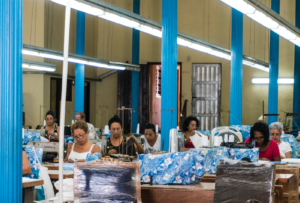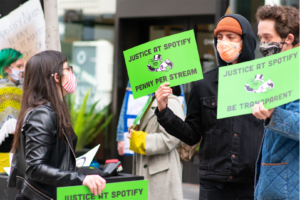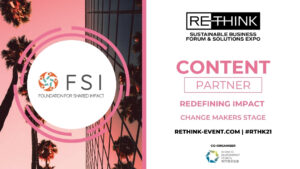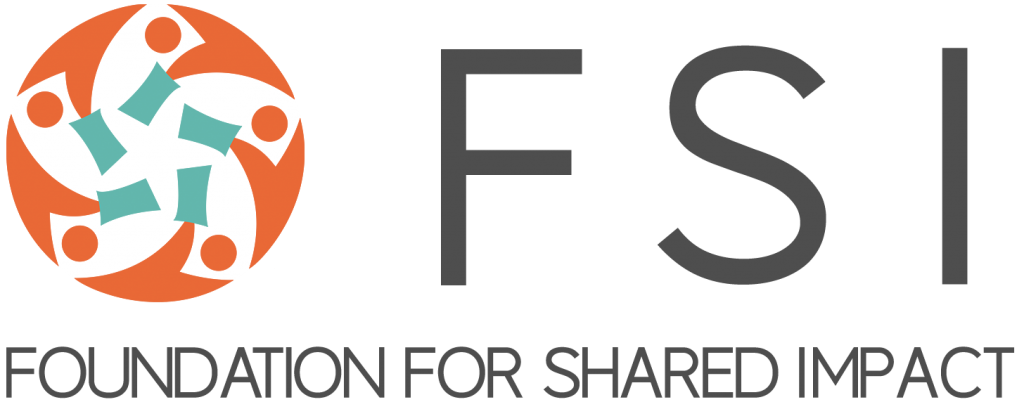Hello readers,
In this newsletter, we will look at how employers and managers can improve employee wellbeing. After all, employees who are not given clearly defined roles and have to constantly grapple with uncontrollable events can suffer from a decline in motivation, cognitive and learning abilities, and increased mental health issues. And with that, the whole organization suffers, too.
Preventing Burnout
Workplace burnout is an occupational phenomenon defined by the World Health Organization as “a syndrome conceptualized as resulting from chronic workplace stress that has not been successfully managed”.
According to a 2018 Gallup survey of nearly 7,500 full-time employees, 23% reported feeling burned out always, and an additional 44% reported feeling burned out sometimes. Burned out employees are 23% more likely to visit the emergency room, 63% more likely to take a sick day, and they are more prone to negative neurological impact, which affects their memory, attention, and emotion regulation abilities, leaving them with less capacity for decision-making.
Burnout also comes with social and economic costs. In this year’s Goldman Sachs survey of first-year analysts, working over 95 hours per week and sleeping five hours per night, all respondents said that their work hours have negatively affected their relationship with family and friends. By some estimates, burnout costs the global economy approximately US$354 billion a year. In Hong Kong, mental ill health costs employers HK$5.5-12.4 billion a year (approximately US$708 million to US$1.6 billion), according to a survey conducted by City Mental Health Alliance Hong Kong and management consulting firm Oliver Wyman.
While veterinarians, first responders, humanitarian workers, doctors and nurses, restaurant workers, construction workers, and lawyers are the professions most at risk for burnout and work stress-related suicides and mental illnesses, burnout can happen to workers in any industry, causing them to experience energy depletion or exhaustion, increased mental distance from their job, cynicism related to their job, and reduced professional efficacy. And burnout in the workplace had worsened during the COVID-19 pandemic, for physicians and other frontline healthcare workers, educators, working mothers juggling two shifts, workers in tourism and catering industries, social workers, and other workers who were forced to grapple with health risks, changes in workplace arrangements, and financial and job security concerns.

For workers in informal sectors in developing and developed countries, long working hours and no paid leave are further compounded by other stress factors such as the absence of a formal contract, the seasonal nature of the job, low wages, hazardous working conditions, and for many, migration and the problems related to it. From Amazon warehouse workers in the US to sweatshop workers in Bangladesh, these informal workers face no less risk of burnout than Goldman Sachs analysts, but they are often more vulnerable as they have relatively less access to healthcare services, as well as grievances and legal procedures to protect their rights
There are numerous causes of burnout in the workplace: unfair treatment, unmanageable workload, lack of role clarity, lack of communication and support from manager, unreasonable deadlines, to name just a few. The good news is that workplace burnout is preventable, and there are solutions that managers and organizations as a whole can adopt.
Employers are increasingly offering mindfulness and mental health training, programs, and apps to employees. In the US, wellness in the workplace is an US$8 billion industry, but a 2019 Harvard Medical School study found that workplace wellness programs had no impact on overall health, sleep quality, nutrition choices, health markers, or health care usage. An indicator of the failure of these programs is the lack of improvements in basic workplace metrics such as absenteeism, performance quality, and retention of key employees.
The reason is that workplace burnout cannot be tackled by add-on programs, as it requires organizational-level interventions focused on changes in integral working conditions. In other words, employers and managers must be mindful about not substituting these programs and apps for flexible hours or a realistic workload. To be clear, leaders experience stress, fatigue, and fear too. To create a workplace and work culture that destigmatizes mental health, leaders need to lead with emotional intelligence, not least by first accepting their own emotions.

Employee Autonomy
In a recent study, “This job is (literally) killing me”, conducted by the Northern Illinois University and Indiana University, researchers used mental health and physical health data collected over a 20-year period to find out about the mechanisms linking job demands to more negative health outcomes, such as death. The researchers found that individuals working in high-stress, low-control jobs (where employees have low levels of autonomy)were 43% more likely to die and to have suffered depression than those in lower-risk categories. From studying the data, the researchers also found that individuals with high-stress but high-control jobs were more able to thrive and stay healthy than those in low-stress jobs.
Erik Gonzalez-Mulé, a co-author of the study, suggests a few ways for employers and managers to give employees a feeling of autonomy, such as allowing employees to choose where to work or what to do. “Something that we’ve known for a long time is that people, in general, like being given autonomy. Besides the impact on their health and the like, they just tend to be more satisfied, they’re more productive,” said Gonzalez-Mulé.
It is important to note, however, that such autonomy needs to be given with diligence. For example, allowing employees full autonomy to choose where they want to work could be harmful to diversity and inclusion, and could potentially be a “legal time bomb” for companies, wrote Nicholas Bloom, the William Eberle Professor of economics at Stanford University. Just as importantly, employee autonomy must not be used as a trade-off for exploitation of labor rights, as is the practice of some companies in the gig economy.
In the next of this series of newsletter, we will explore the topics of a shorter work week and a hybrid workplace, as well as the other initiatives that need to be implemented to create a more inclusive and equitable future of work. In the meantime, revisit Part I of this newsletter series on the human-centred future of work!
Check Out These Events!

Foundation for Shared Impact (FSI) will be the content partner for Day 1 of the Change Makers Stage at this year’s ReThink event. Learn more about our “Redefining Impact” panel discussions on redefining CSR, the power of data and technology in enacting change, effective philanthropy, and impact-driven partnerships here!
Use our promo code FSI21 to enjoy the super early-bird rate.

Youth are disproportionately affected by the pressing issues in the world today, but they are also demonstrating their creativity, innovativeness, and resilience as they address and overcome challenges.
Join GREEN Hospitality and Foundation for Shared Impact on 10 August 2021, 5:30pm-7pm HKT, at this online GREEN Talk where three impact-driven young panelists talk about the mindsets and skills needed to embark on the sustainability or hospitality journey! Small mentoring sessions will be hosted by the speakers and guests on carving out a future path to help make the world a better place.




